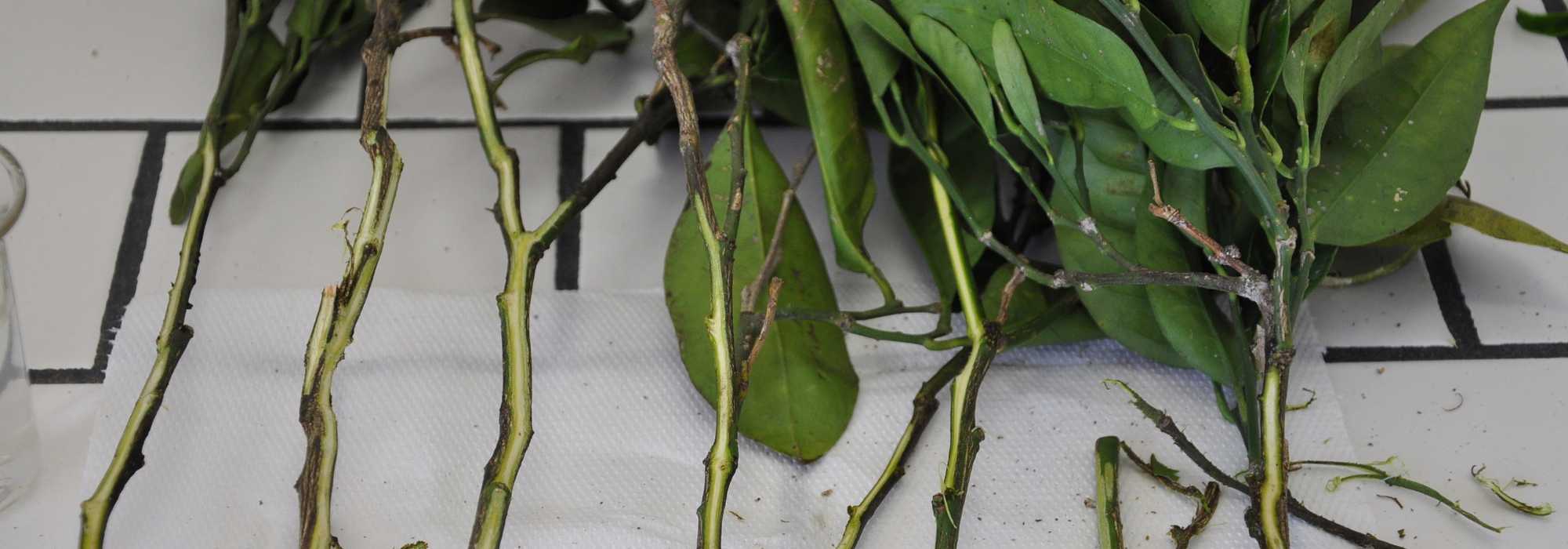
Citrus tree mal secco : everything you need to know about this disease
Symptoms, causes, and solutions for the disease
Contents
There are various diseases that can affect our plants and sometimes, unfortunately, lead to their decline. Mal secco, sometimes referred to as dry disease, is one of them. This serious disease affects citrus trees, particularly the lemon tree. Let’s see how to identify it, how to prevent the risks of infection, and whether there are natural treatments to apply to save your fruit trees.
Mal secco: what is it?
Mal secco is a disease that affects citrus trees: it is particularly virulent in the lemon tree, but the grapefruit, orange tree, clementine tree, and mandarin tree are also sensitive to it, albeit to a lesser extent. It is a cryptogamic or fungal disease, meaning it is caused by a fungus. These are the most common diseases in the garden, whether in the vegetable patch, orchard, ornamental garden, or even indoors. They often thrive in warm and humid conditions, which allow them to develop well. These are contagious diseases, with spores that can persist for several months in the soil. If you want to learn more about the most common ones (downy mildew, powdery mildew, rust, botrytis…), check out our article: Everything you need to know about cryptogamic diseases.
In the case of Mal secco, the fungus responsible for the disease is Plenedomus tracheiphila (formerly Phoma tracheiphila). It primarily spreads through wounds, which create real entry points for pathogenous agents.
The disease is believed to have first appeared in the late 19th century on Greek islands. Mediterranean regions, where many citrus trees grow (the orange tree zone in particular), are increasingly infected. The disappearance of certain orchards around Menton is thought to be due to this disease. The development period of the disease depends on climatic conditions, which seem optimal between 20 and 28°C. Only Spain, Portugal, and Morocco currently appear to be free of the disease (perhaps due to the consistently high temperatures that limit the development of spores, which ceases beyond 30°C).
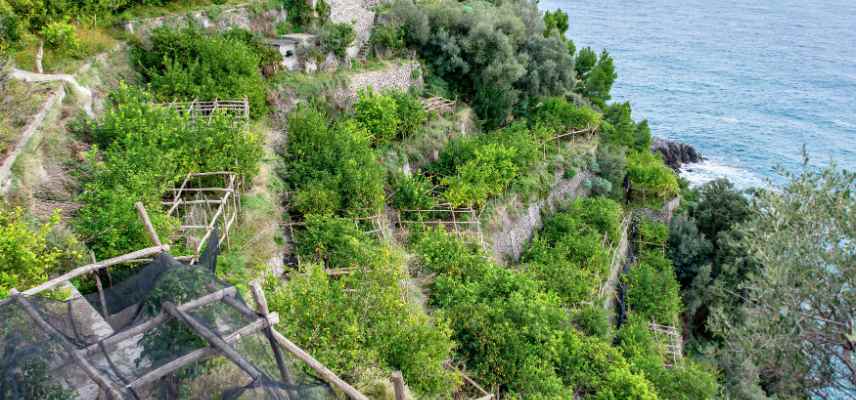
Terrace cultivation of lemon trees on the Amalfi coast
Symptoms of Mal secco
Mal secco blocks the circulation of sap in the wood vessels. The first symptoms initially affect the leaves and shoots, then spread to the entire tree.
You will then notice:
- foliar chlorosis, which means yellow spots appearing on the foliage and discolouration of the veins;
- drought, followed by leaf drop;
- dieback of the shoots from the tips, which eventually dry out completely;
- red or orange discolouration of the branches (observable when cut).
In the long term, the tree may die. The disease can progress more or less rapidly, from a few months to a few years. Sometimes, the affected fruit tree will emit new shoots at the base of the trunk.
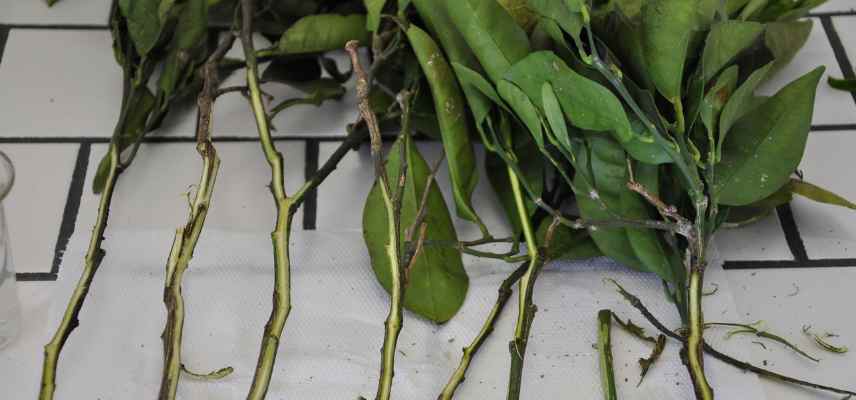
Lemon tree affected by mal secco
How to prevent disease risks for my citrus trees?
As with all fungal diseases, some actions will help limit the appearance of Mal secco.
Choose a healthy location
Avoid growing a citrus tree in an area that has previously been infected by the disease. As mentioned earlier, spores can remain in the soil for a long time.
If you are growing your citrus trees in pots to be able to winter them, disinfect the container beforehand if it has been used for another plant. Use warm water and black soap, followed by a little white vinegar, before rinsing.
Place your citrus trees in a warm, sunny location, but sheltered from prevailing winds that can break branches and create wounds allowing Mal secco to establish itself.
Disinfect your pruning tools
When pruning, always use cutting tools that have been disinfected with 70°C alcohol. You can make a small spray bottle to keep near your tools, to facilitate regular cleaning before and after each pruning. This action helps limit the spread of diseases between plants.
Pruning should preferably be done on a dry day.
If necessary, apply a healing paste on the wounds.
To successfully prune your citrus trees, find our tips in the article: Citrus: when and how to prune them?
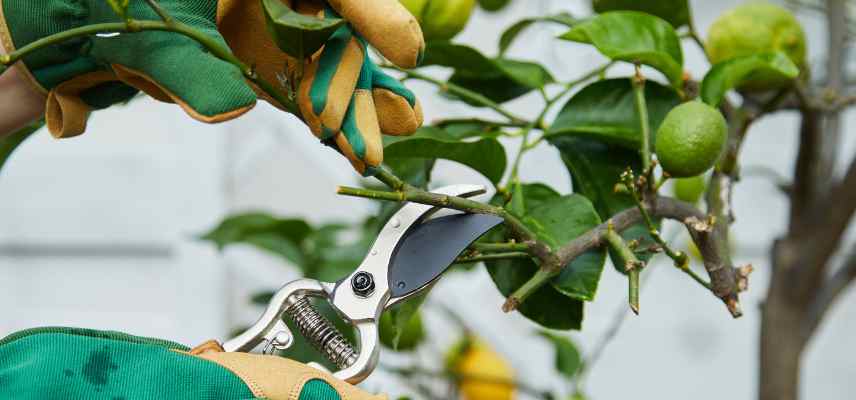 Using clean and disinfected tools is essential for citrus trees
Using clean and disinfected tools is essential for citrus trees
Care for the growing conditions of citrus trees
A plant whose needs are met will naturally be more resistant to diseases, as well as to pest attacks.
For citrus trees, ensure they are provided with a substrate rich in organic matter, but well-drained (where water does not stagnate). Lemon trees, kumquats, mandarins, and other grapefruits are indeed greedy fruit trees. In autumn and early spring, you can add potash (or ashes) to support flowering and thus fruiting.
Remember to keep the soil moist (it should never dry out completely). Water as soon as the soil is dry on the surface. Prefer rainwater, which is less calcareous than tap water. Install a mulch at the base of your citrus trees to limit natural evaporation and better retain moisture. In pots, watering will need to be more regular, as the soil dries out more quickly than in the ground. If you have placed a saucer under your potted citrus tree, remember to empty it after 30 minutes to avoid stagnant water.
When repotting or topping up (replacing the top few centimetres of substrate with fresh potting soil), be careful not to damage the surface roots of the citrus tree or its branches.
Finally, regularly observe your citrus trees to spot any signs of pest infestation (scale insects, aphids, spider mites, etc.), which can weaken the plant and make it more susceptible to diseases.
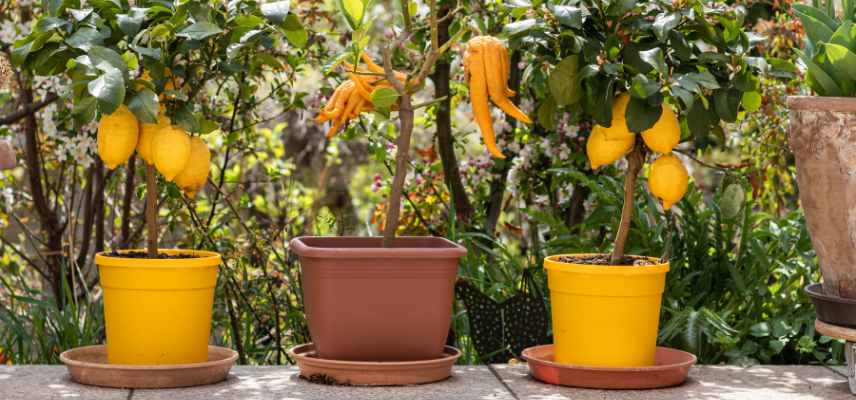 In pots, be careful, saucers must be checked to avoid retaining stagnant water
In pots, be careful, saucers must be checked to avoid retaining stagnant water
Choose a variety that is naturally resistant to Mal secco
For lemon trees, the ‘Monachello’ variety is known to be less sensitive to Mal secco, but it is also less productive.
Le Mal secco can be treated.
Unfortunately, there is no curative treatment for Mal secco. As with many fungal diseases, prevention will be particularly important.
At the onset of infection, cut away the affected parts back to healthy tissue, always using disinfected cutting tools between each pruning. Take the pruned waste to the tip. Do not leave it on site and do not add it to compost, in case its temperature is not sufficient to eliminate the spores.
If you are growing several citrus trees and one of them is diseased, unfortunately, it will need to be uprooted to hope to limit contagion.
- Subscribe!
- Contents
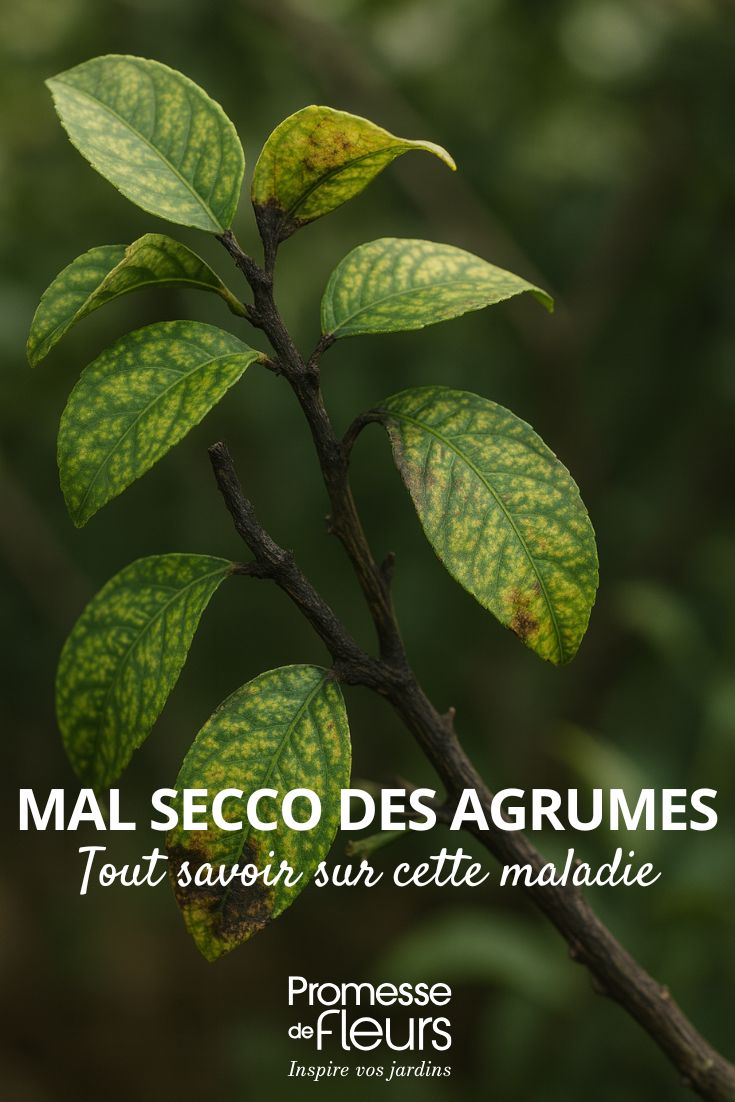































Comments